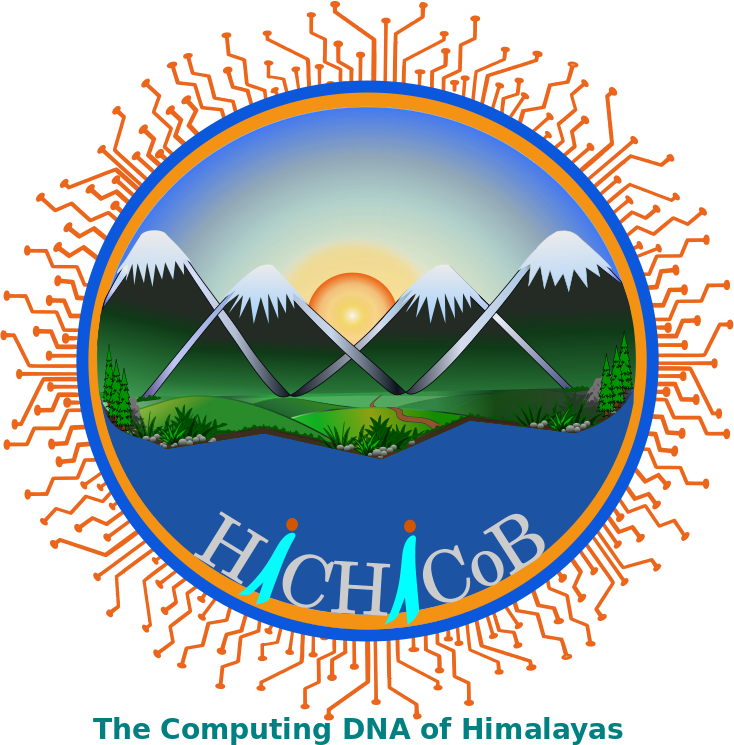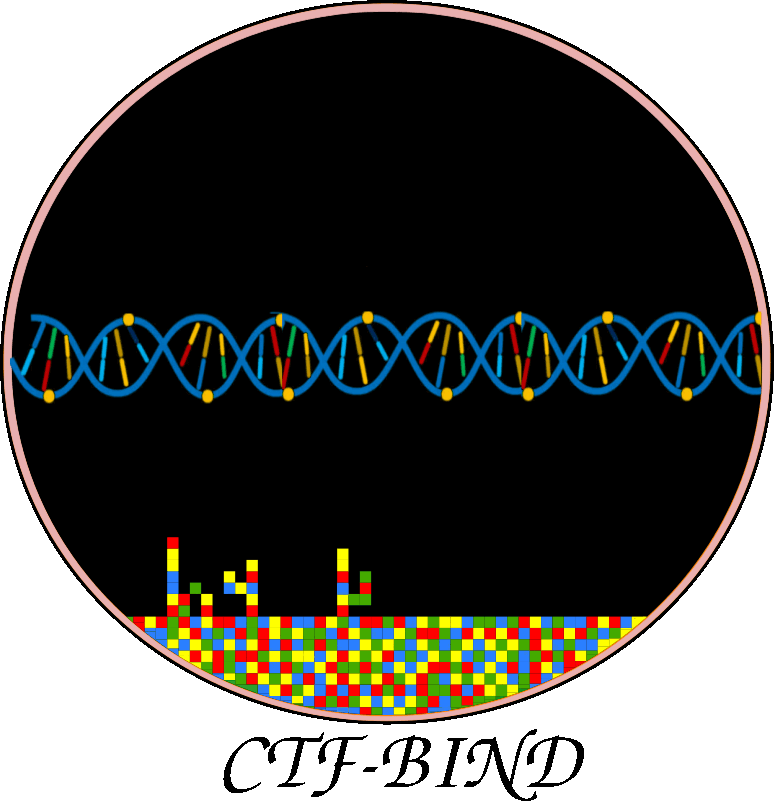ABOUT
The CTF-BIND (Causal Transcription Factor- Bayesian Integration of Network Dynamics) database covers, 278 transcription factors (TFs) involved in abiotic stress responses (heat, cold, salinity, drought, metal stress) in the model plant Arabidopsis thaliana across diverse experimental conditions. To elucidate the causal regulatory networks governing the expression of a particular TF under a specific abiotic stress, we have developed a novel computational approach. Our method integrates Bayesian network learning algorithms with PTFSpot, a tool that predicts TF binding regions genome-wide. By incorporating prior knowledge of potential TF binding locations, we constrain the structure learning process to obtain directed, regulatory networks from transcriptomic data. Bayesian scoring metrics are employed to evaluate network confidence and detect key regulator TFs for a gene of interest. Through this approach, we enable the data-driven reconstruction of conditionally-specific gene regulatory networks (GRNs) underlying TF expression patterns. Delineating these causal regulatory modules provides a systematic avenue to unravel the hierarchical, multi-layered transcriptional control orchestrating stress response pathways in plants. The revealed GRN models can pinpoint foremost regulatory hubs and coherent transcriptional units as candidate targets for improved stress tolerance engineering.
HOW TO USE
STEP 1: Select the type of Abiotic stress
you want to analyze.
E.g. Drought, Heat, Cold, Salinity.
STEP 2: Select the type of study i.e., Root or Shoot
STEP 3: Select the type of Transcription Factor you want to analyze in above selected
abiotic stress type.
E.g. MYB77, ABF2
STEP 4: Select the type of condition you want to study for the selected transcription factor
OR
Input the Transcription Factor name of your interest in the search box and click on the "Search" button.
NOTE: Please select the type of abiotic stress, type of study, transcription factor and the condition you want to analyze and then click on "SUBMIT", otherwise shows an ERROR.







